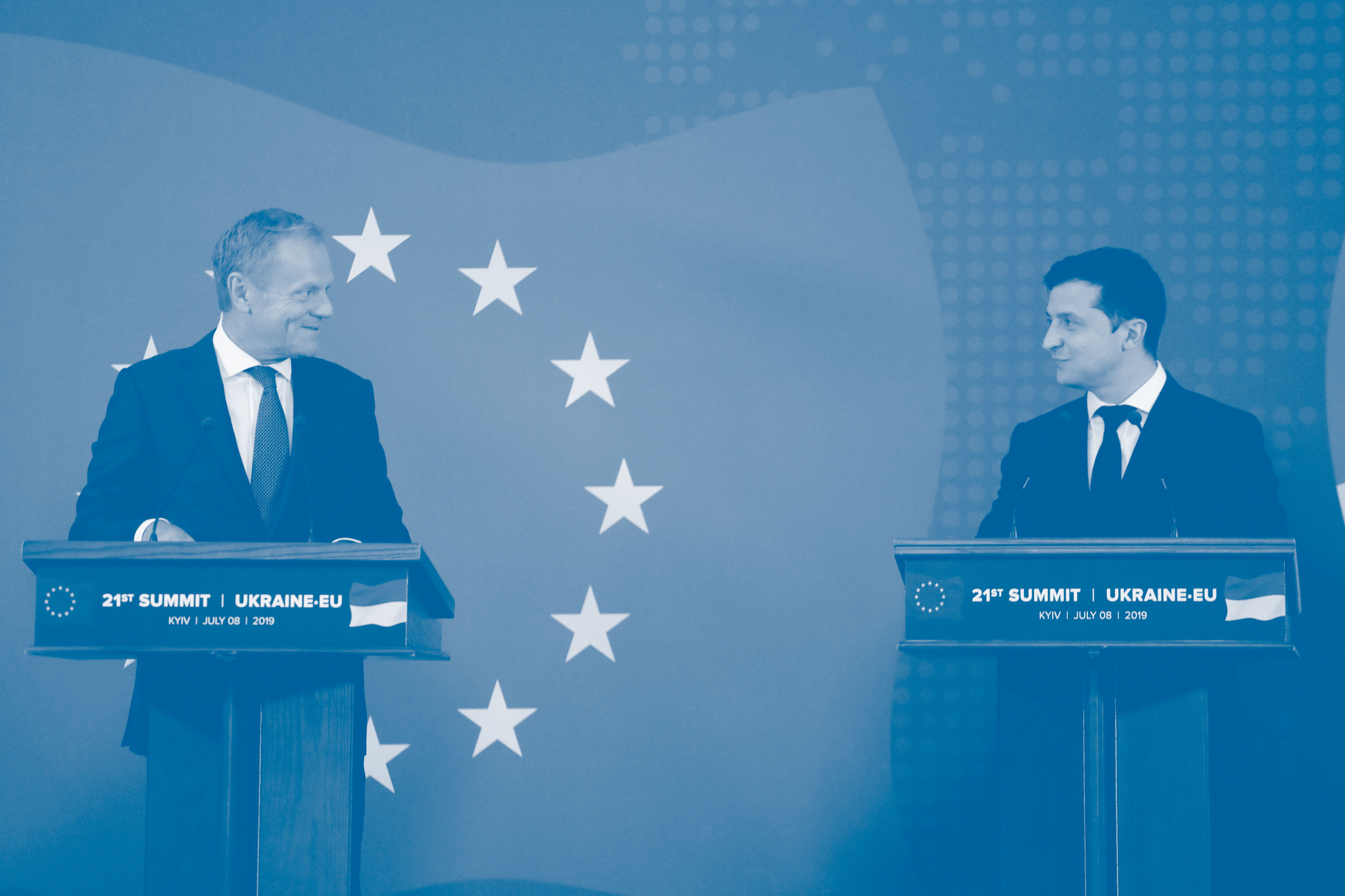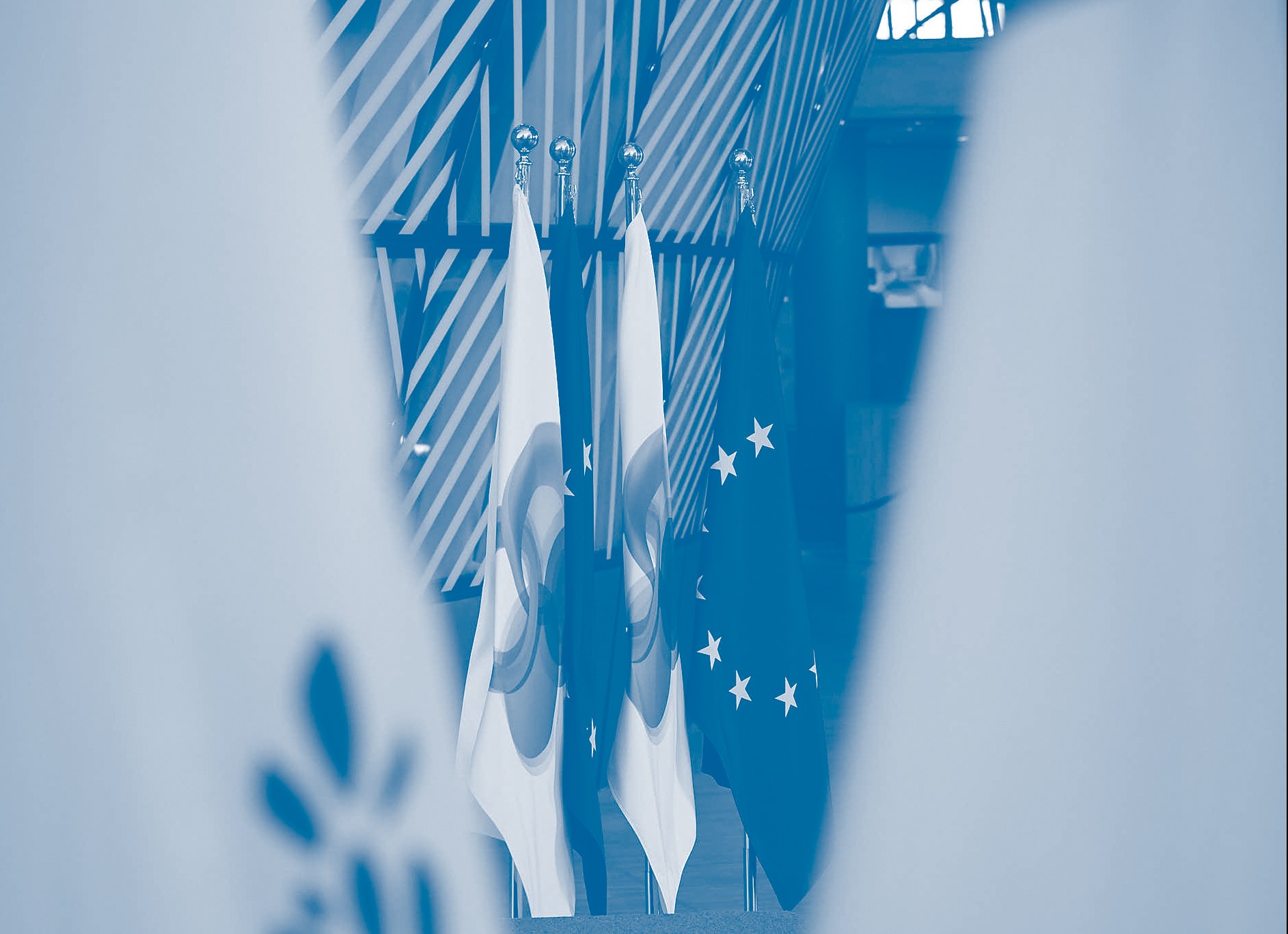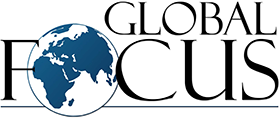The GlobalFocus Center together with the European Union Institute for Security Studies (EUISS) hosted on Friday, December 6, 2019, in Bucharest experts and diplomats from the European Union for a meeting discussing the future of the Eastern Partnership, lessons learned during the past decade and challenges that lay ahead.

By Andreas Umland | Kiev
Many political experts both in and outside Ukraine have reacted negatively or very negatively to the meteoric political rise of Ukrainian comedian Volodymyr Zelensky. Indeed, Zelensky’s presidency could prove problematic in various ways. His 2019-2024 term as Ukraine’s head of state may prove to be an even more ambivalent enterprise than those of the other two top contenders in this year’s presidential elections, the opposition leader Yulia Tymoshenko and the former president Petro Poroshenko, would have been. Still, for all the apt scepticism, there is also – as in the case of certain positive aspects of Tymoshenko’s and Poroshenko’s unsuccessful bids for president – a bright side to Zelensky’s victory. One can identify at least three major risky or negative, but also three relatively encouraging dimensions of his rule.

By Daniel Szeligowski | Warsaw
It has already been 10 years since the Polish-Swedish Eastern Partnership (EaP) initiative was launched in Prague in May 2009. Since then, the EU has strengthened its relations with all six EaP countries – Armenia, Azerbaijan, Belarus, Georgia, Moldova and Ukraine. Three of them – Georgia, Moldova, Ukraine – have signed Association Agreements (AA) with the EU, including Deep and Comprehensive Free Trade Agreements (DCFTA), and have been granted visa-free regimes. Armenia, which initially withdrew from signing the AA, has concluded a new, less ambitious bilateral treaty: a Comprehensive and Enhanced Partnership Agreement. Azerbaijan has started negotiations on a new framework agreement with the EU. Finally, bilateral talks on EU-Belarus Partnership Priorities have been launched. The EU is now the biggest trade partner for five out of the six EaP countries, and is the second biggest trade partner for Belarus only after the Russian Federation.

By Corina Rebegea|Washington D.C.
The European Union’s Eastern Partnership Program (EaP) has just turned 10. There were celebrations, but also less congratulatory assessments of how far the six countries have actually gone in their democratic and economic development as a result of this framework. According to the less optimistic evaluations of the EaP’s success, the mechanisms and leverage employed by the EU are insufficient or inadequate to sustain long-lasting reforms, in particular when it comes to the important areas of rule of law and anticorruption agenda. This has caused many analysts to question the true impact of the EU’s involvement in domestic reform processes.

